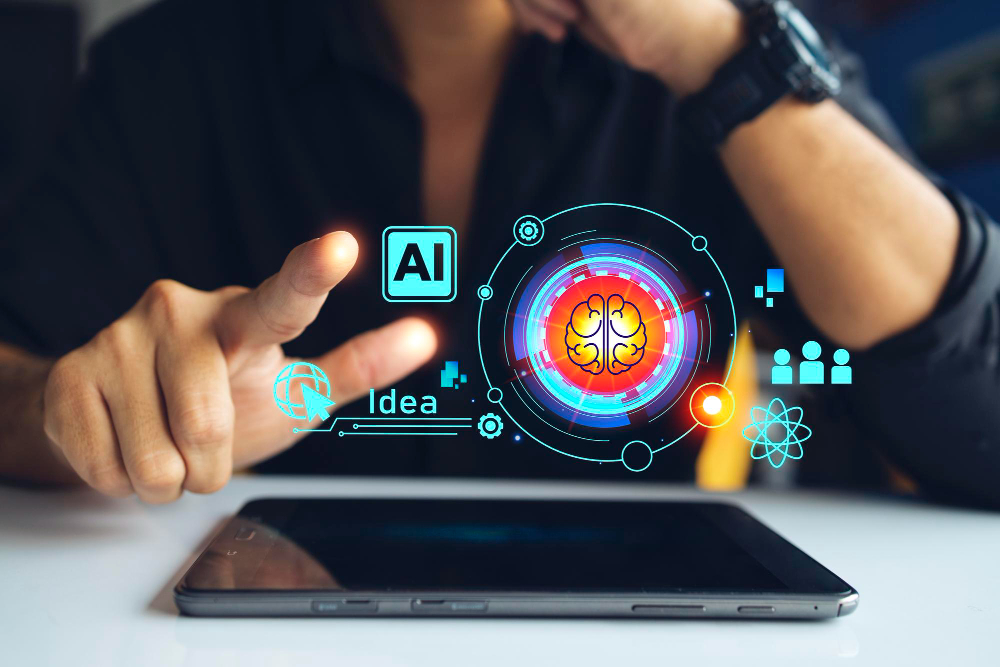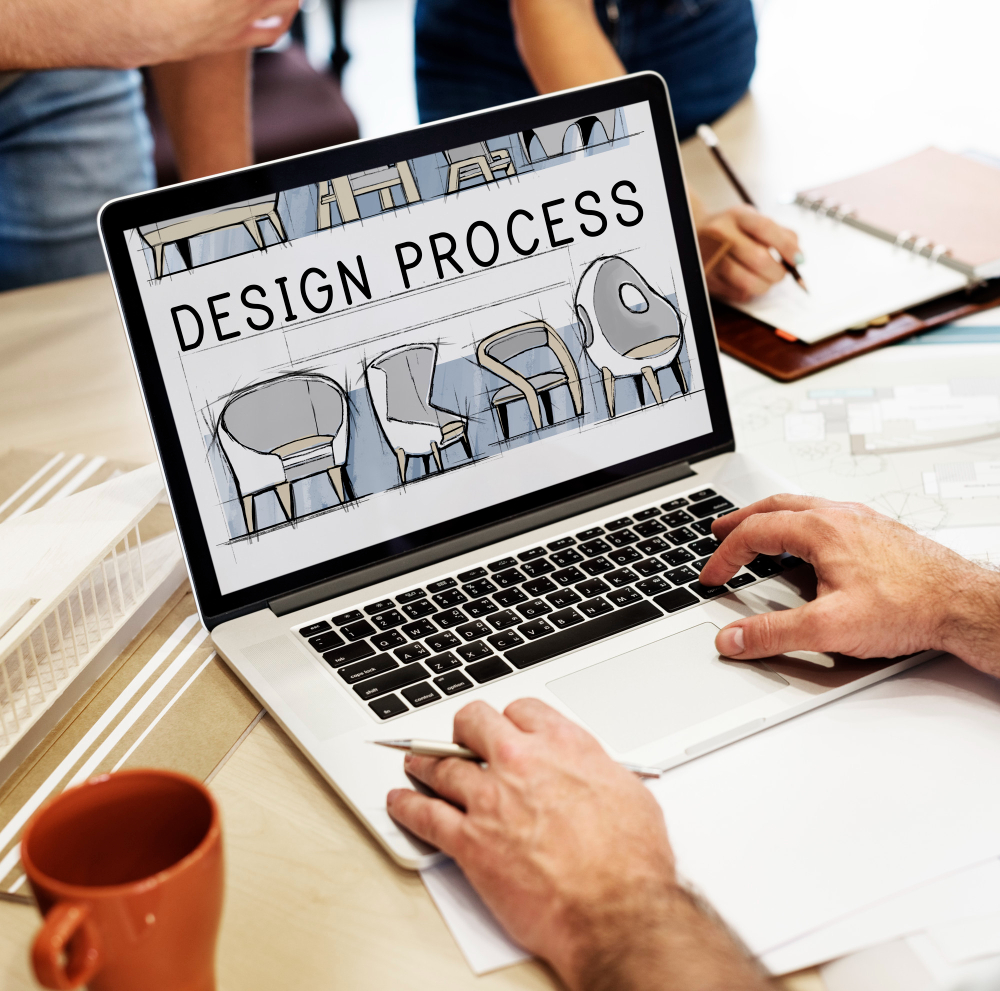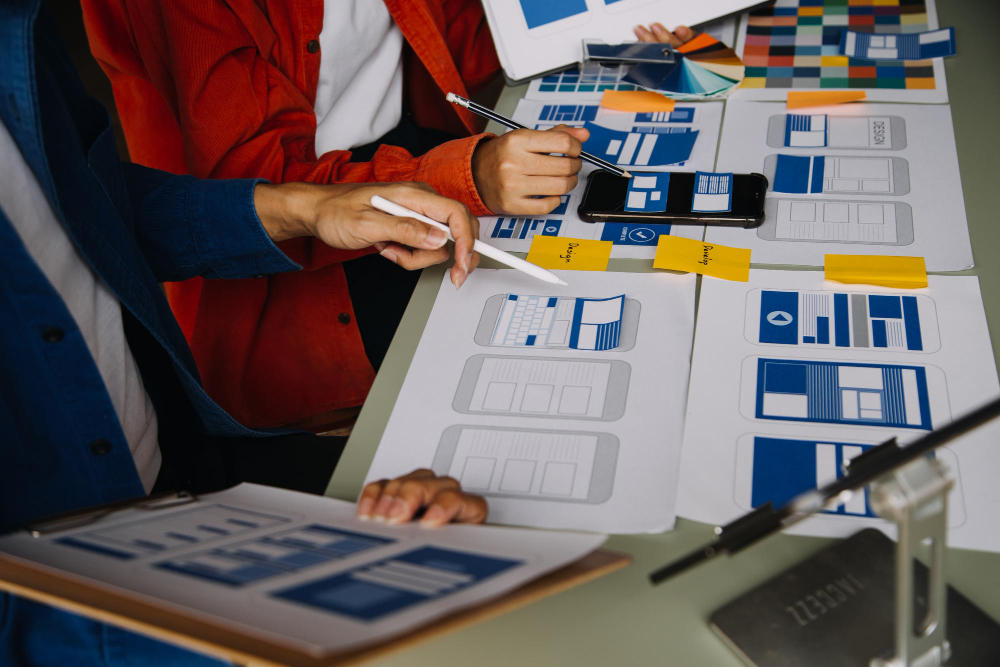In an era characterized by rapid technological advancements, the fusion of artificial intelligence (AI) with product design has emerged as a transformative force. AI is not just a buzzword; it is a game-changer that is reshaping the landscape of product development.
Streamlining the Design Process
Traditionally, product design has been a labor-intensive and time-consuming endeavor. However, with the integration of AI, the design process has undergone a paradigm shift. AI-powered tools and algorithms can analyze vast amounts of data to identify patterns and trends, allowing designers to make more informed decisions. This data-driven approach not only accelerates the design process but also enhances its accuracy.
One notable application of AI in streamlining design is generative design. Generative design algorithms explore countless design possibilities based on specified parameters, providing designers with a plethora of options to choose from. This not only expedites the ideation phase but also ensures that the final product is optimized for performance and efficiency.
Personalization and User-Centric Design
AI has revolutionized the concept of user-centric design by enabling a high degree of personalization. By analyzing user data, preferences, and behaviors, AI can tailor product designs to individual needs, creating a more personalized and satisfying user experience. This level of customization extends beyond aesthetics to functional aspects, ensuring that products are not only visually appealing but also seamlessly integrated into users’ lives.
For example, AI-powered recommendation systems can suggest design modifications based on user feedback and usage patterns. This iterative feedback loop ensures that products evolve in response to user needs, resulting in a more user-friendly and market-responsive design.
Efficient Prototyping and Testing
Prototyping and testing are integral parts of the product design process, allowing designers to evaluate the feasibility and functionality of their creations. AI expedites these stages by automating the generation of prototypes and facilitating virtual testing.
AI algorithms can simulate real-world conditions and user interactions, providing designers with valuable insights into the performance of their products. This not only accelerates the testing phase but also reduces the need for physical prototypes, minimizing costs and environmental impact.
Enhancing Creativity
While the notion of AI may conjure images of cold, calculated algorithms, it paradoxically plays a significant role in fostering creativity in product design. Machine learning algorithms can analyze vast databases of historical designs, identifying innovative patterns and suggesting novel ideas to designers. This collaborative approach between human creativity and machine-generated insights often leads to groundbreaking designs that might not have been conceivable through traditional methods alone.
Additionally, AI-powered tools, such as neural networks, enable designers to simulate and visualize designs in ways that were previously impossible. This not only facilitates the exploration of unconventional ideas but also allows designers to foresee potential challenges and iterate on their designs more effectively.
Challenges and Ethical Considerations
While the integration of AI in product design offers myriad benefits, it also presents challenges and ethical considerations. One major concern is the potential bias in AI algorithms, which may inadvertently perpetuate existing social, cultural, or gender biases present in the training data. Designers must be vigilant in addressing these biases to ensure that AI contributes to inclusive and equitable design practices.
Moreover, the ethical implications of AI-generated designs and the impact on employment in traditional design roles are areas that warrant careful consideration. Striking a balance between the efficiency gained through AI and the preservation of human creativity and craftsmanship is crucial for the sustainable evolution of the field.
Artificial intelligence is undeniably transforming the landscape of product design, offering new possibilities, efficiencies, and levels of personalization. The collaboration between human creativity and AI-driven insights is ushering in an era of unprecedented innovation. As the design industry continues to embrace the potential of AI, designers, technologists, and policymakers need to work collaboratively in addressing challenges and ethical considerations to ensure that AI contributes positively to the evolution of product design. In the intersection of human ingenuity and artificial intelligence, the future of product design holds boundless potential for groundbreaking creations that cater to the diverse needs and preferences of an ever-evolving global audience.
For more blogs related to design: https://www.dotsod.in/blog/
Follow DOT School of Design on Facebook, Instagram, LinkedIn, Medium and YouTube



